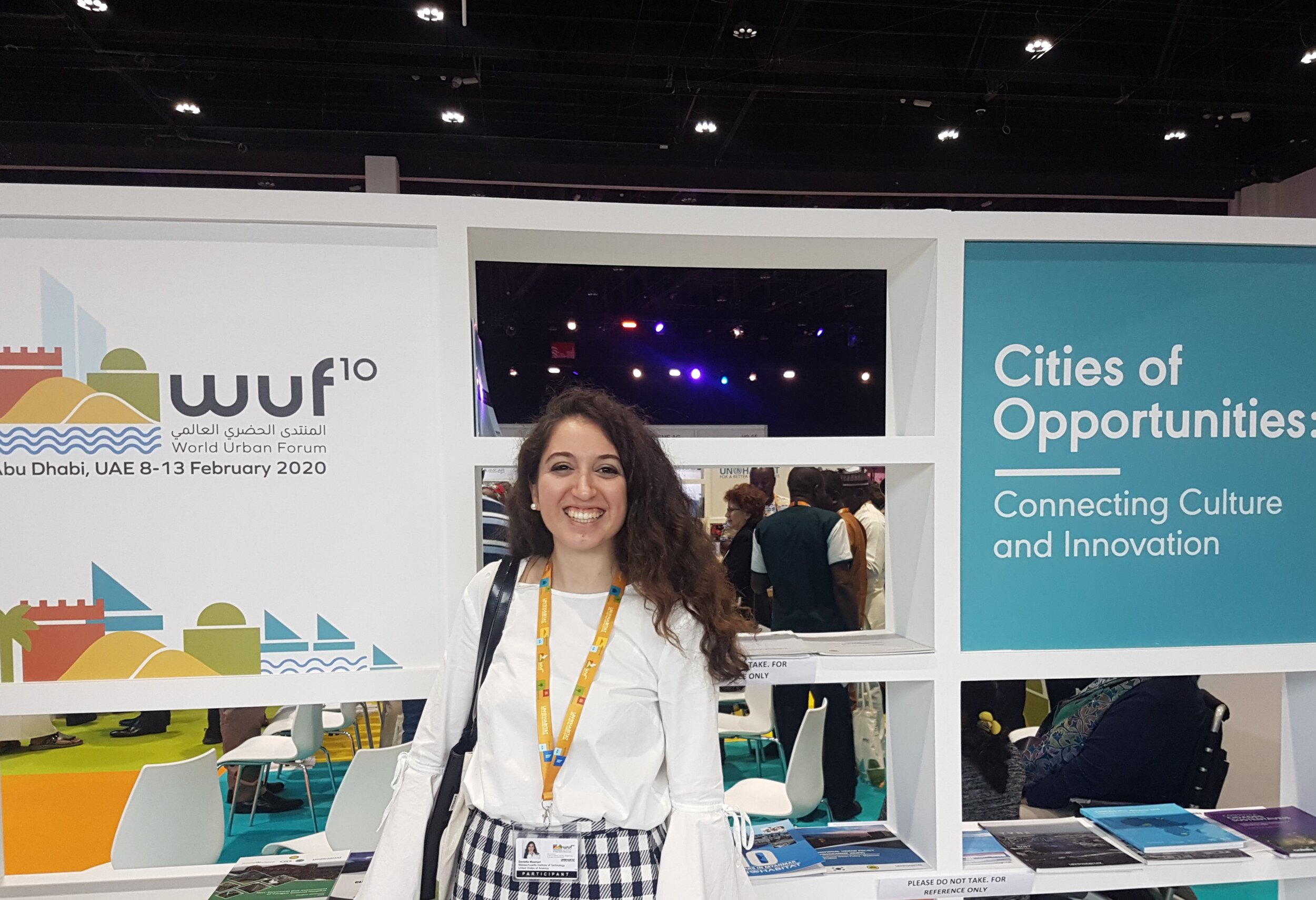DANIELLA SAMIRA MAAMARI
Portrait courtesy of Daniella Samira Maamari.
Massachusetts Institute of Technology | Master of Science in Architecture Studies 20’
Lebanese American University | Bachelors of Architecture 17’
Current Position |Researcher (Design Research and Pedagogy) at the MIT Future Heritage Lab
Daniella Maamari is a Lebanese-Canadian architect, urban designer, and researcher. She holds a professional architecture degree (Lebanese American University 17’) and a Masters of Science in Architecture Studies (Massachusetts Institute of Technology 20’). She has built her portfolio through a range of academic, curatorial, and practical experiences, such as MVRDV, Hashim Sarkis Studios, Aga Khan Program for Islamic Architecture, and Coup Architects. Her interests lie at the intersection of historic preservation and urban design, in contexts of scarcity and conflict. Daniella is currently a design and pedagogy researcher at the MIT Future Heritage Lab, where she designs coursework on the ethics of implementing art and design processes in refugee camps, from an artistic and social entrepreneurship perspective.
Architecture: A Personal Journey
What inspired you to pursue architecture?
Although I would have loved to give the typical answer about how “I have always been passionate about architecture”, my path towards architecture was more intuitive. Though not a love at first sight, it was one of the best decisions I have ever taken. Looking back, I can reflect on the effects of my upbringing, encounters, and interests leading up to this path.
My childhood was nothing short of exciting! By age 11, I had changed schools around 6 times and lived in 13 different houses, spread across 3 different countries, Canada, Lebanon, and Saudi Arabia. From living in a hospital and nursing home complex in the mountains of Lebanon, a condominium in Montreal, and a lavish two-story villa in a gated community in Riyadh, I grew to adapt fast to new environments and value the cultural diversity each experience presented. In short, I had seen far too many houses, villages, and cities, and learned to distinguish what made each one of them feel like home, even if for a fleeting instance. I still have the strange habit of calling each one of them home, even if it’s a hotel room for 2 nights [laughter]
When I moved back “permanently” to Lebanon at age 12, I had come to appreciate my country as a tourist as well. My yearning to understand my roots and rich cultural heritage awakened in me a need to uncover stories - sometimes beautiful stories of past glories, oftentimes of hardships - all etched on the walls and streets of Lebanon’s architectural and urban fabric.
Functionally, however, I was enrolled in a rigorous, but rigid academic institution. My school did not incorporate art or design studies at the high school level, so as ridiculous as this sounds, I hadn’t yet realized that I was creative! My creativity shone in my extracurricular activities, like the scouts movement, whose campsites served as my mini-construction sites, where I focused on building and executing furniture, gates, and tents, from a few materials like wood and rope.
I credit the foundational years in architecture school for providing me with the basics and introducing me to design and spatial thinking. Under the guidance of professors like Hani Asfour, who saw the capacity and intuition in me and pushed me in exciting directions, I came to appreciate the freedom, interdisciplinarity, and diverse career paths this field creates. Architecture became a safe space, where I unleashed my curiosity onto the world!
Although architecture schools are infamous for their toxic studio culture, I found much room for individuality and self-expression throughout my education. To me, the strength of architects comes from acknowledging the field’s interdisciplinarity and constantly seeking to connect and draw from diverse disciplines to solve problems at hand. My education allowed me to incorporate personal interests into my work, dabbling with concepts as diverse as the intersection between film and architecture, disaster risk management planning, and the history of Islamic architecture. There is always room for your personality, interests, and preoccupations to shine through your work.
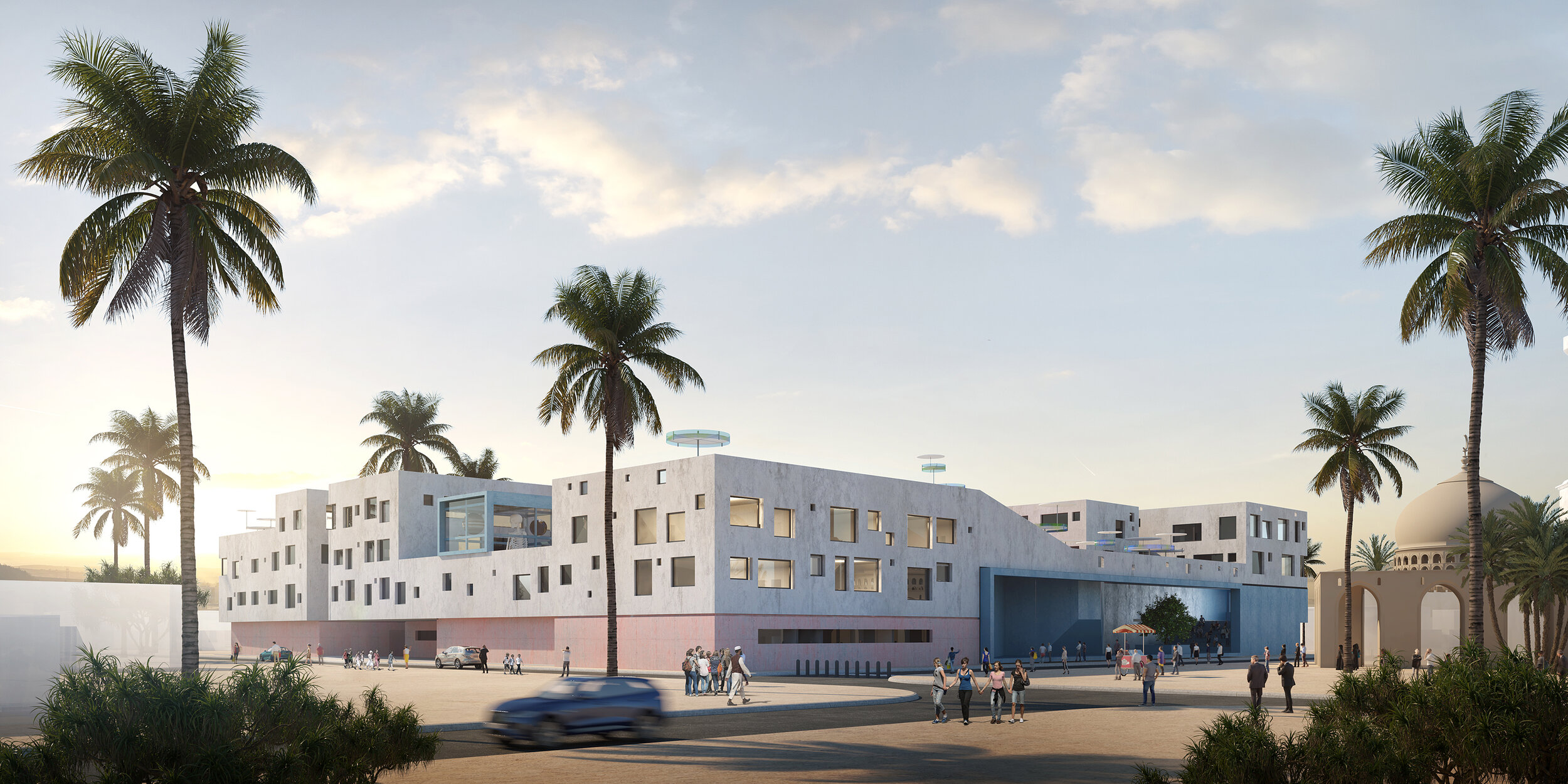
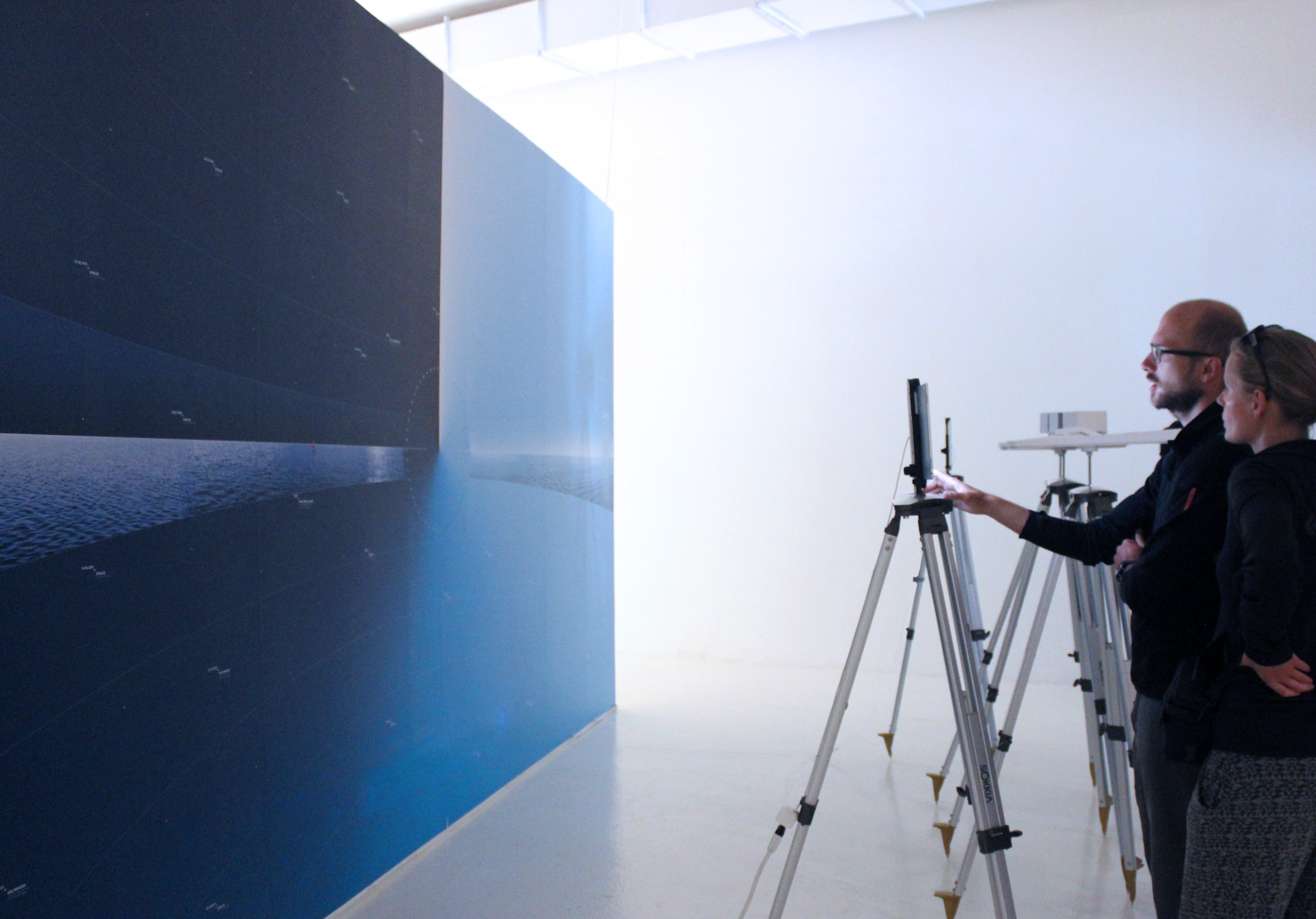
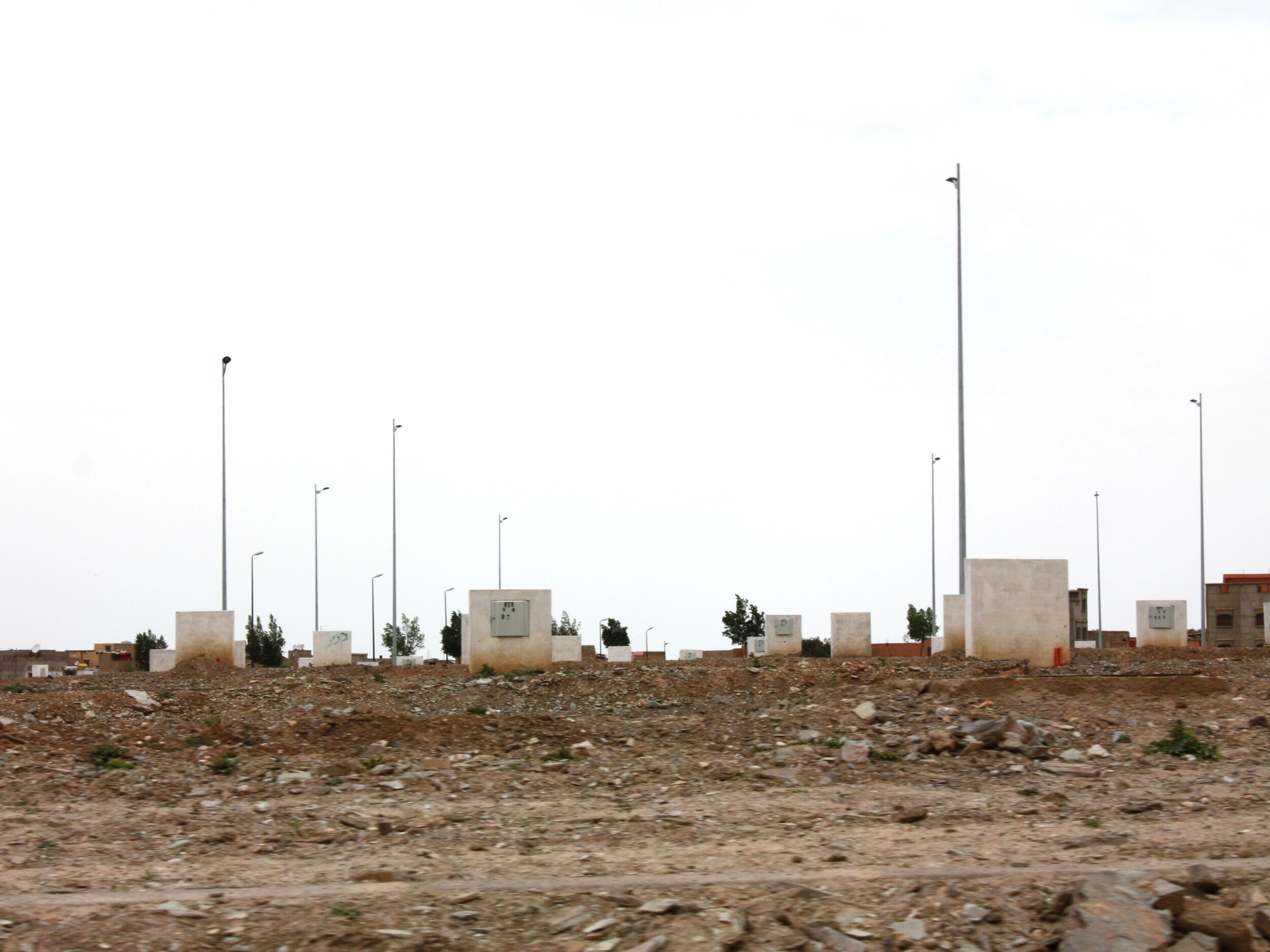
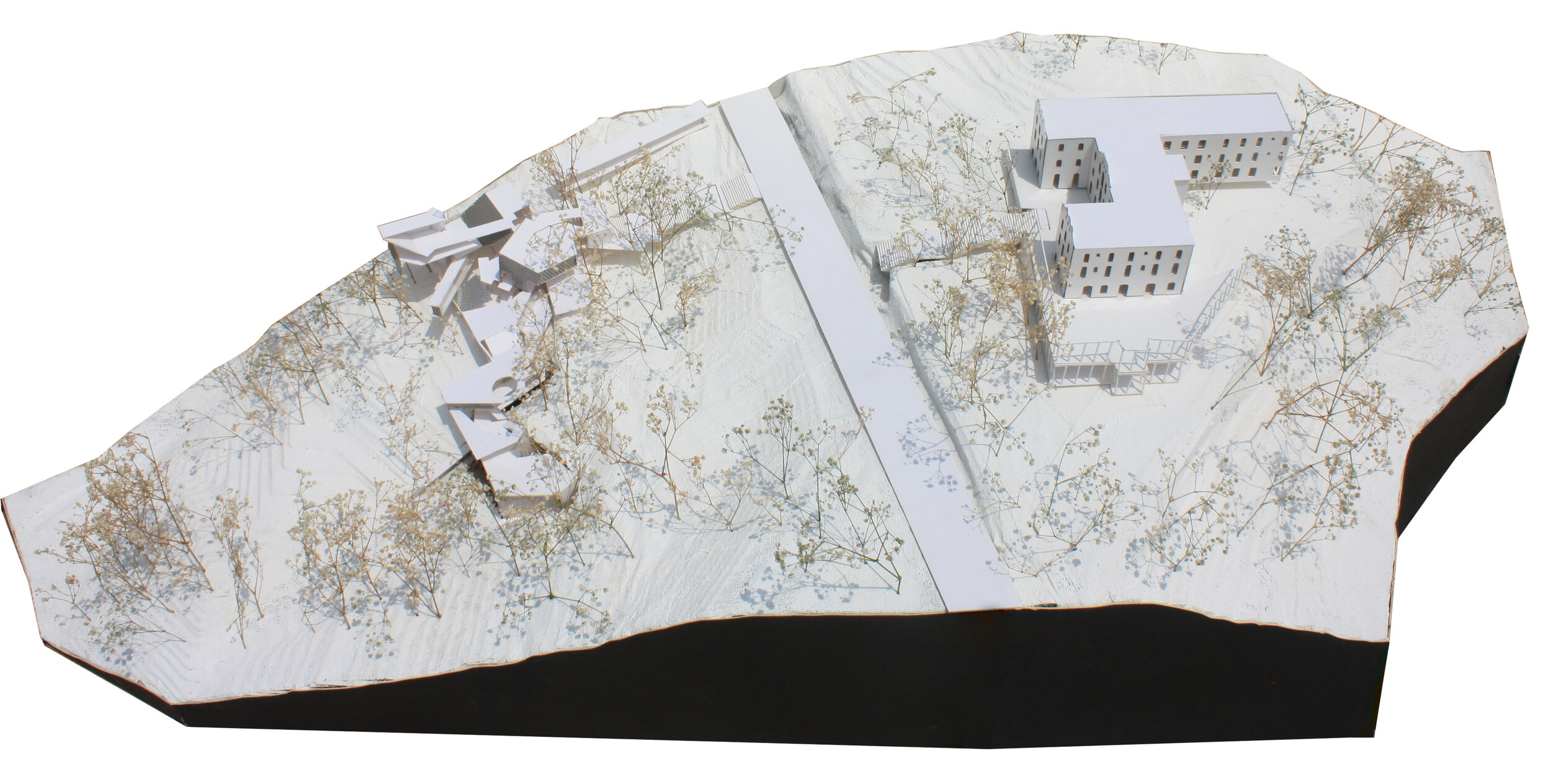
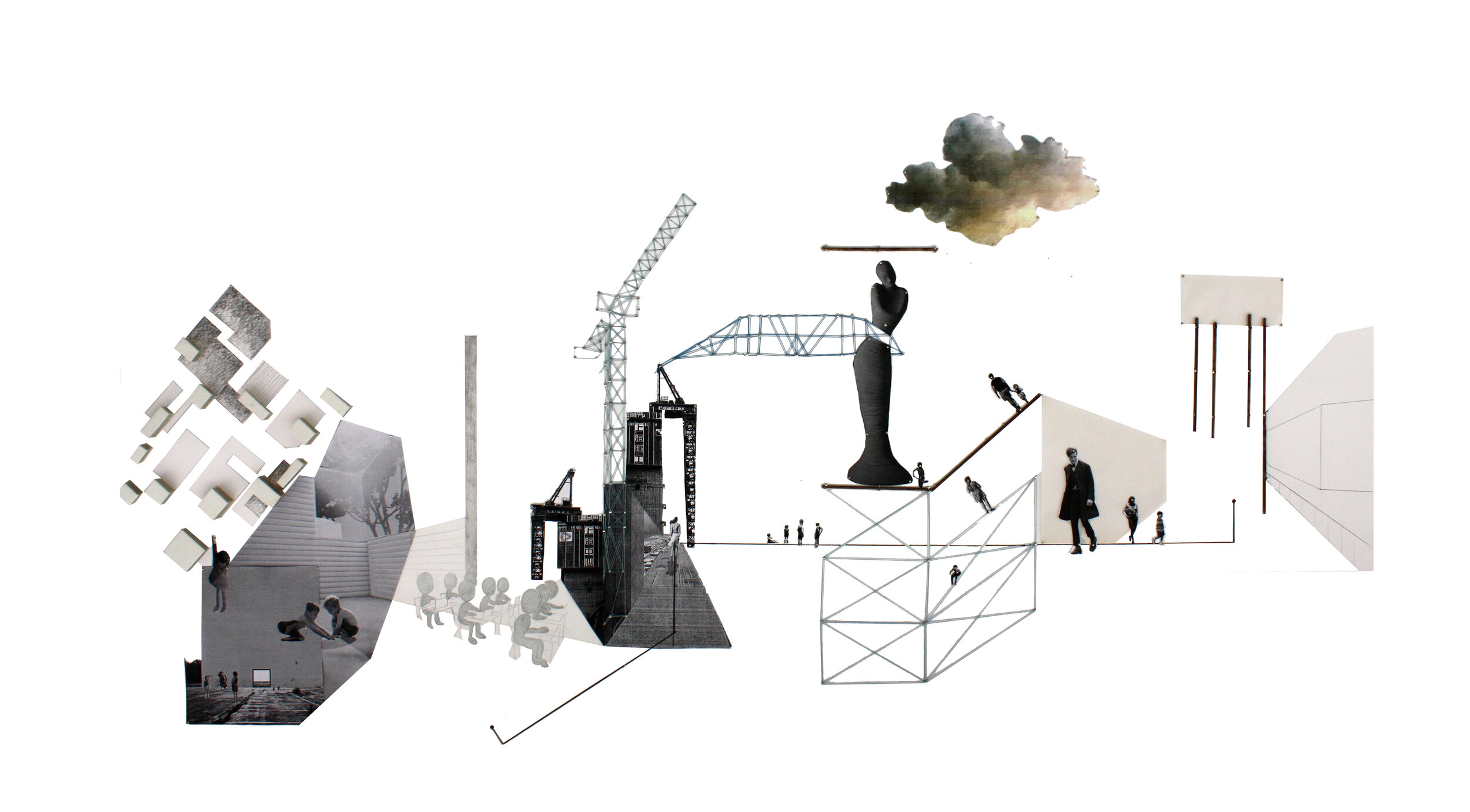
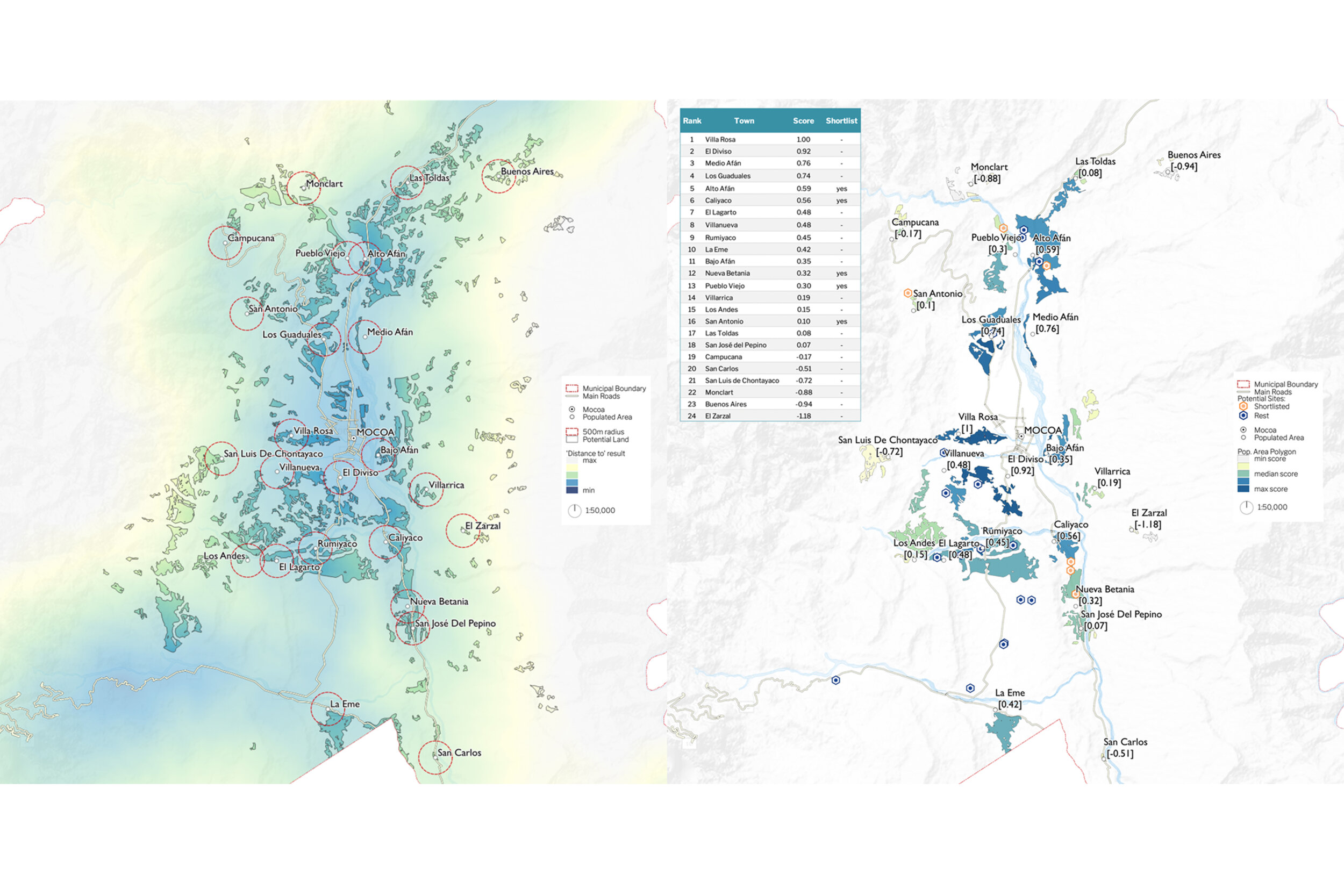
What is the most important thing that you learned in the past year?
I think this year allowed me to learn, but more importantly unlearn, a whole lot of unsustainable habits and practices. For the first time in well, ever, I sat at “home”, in an underground Airbnb in snowy Montreal. I had loads of time as a recent graduate (perfect timing, right?) to rethink -and overthink- my priorities, life goals, and pace.
I found myself seeking job opportunities at a time when the world was trying to stay afloat, and architecture was in dire need of reframing itself. Amidst a worsening job market, I realized that my design thinking background was easily transferable to other disciplines. It was a perfect opportunity to gain new skills! I spent my time gaining knowledge in marketing, technology, and various other topics of interest by volunteering for causes I cared about, like social entrepreneurship.
Diverging from pre-set paths allowed me to reassess my past career choices and be more assertive and confident in the career path I am currently pursuing. I came to realize that I am far more excited and motivated to work on projects that carry a humanitarian component, like participatory community planning. This allowed me to prioritize experiences that enrich my skills and facilitate the vision and value I would like to create, somewhere down the line.
UN World Urban Forum with the MIT Special Interest Group in Urban Settlements | Abu Dhabi, UAE. Photo courtesy of Daniella Samira Maamari.
What are some architectural organizations (or specific person/role model) that helped you learn to overcome an obstacle? How did they?
I have been so blessed throughout my career and personal life, that I find this question difficult to answer. Every advisor, mentor or employer welcomed me into their research and practice, guiding me in a certain direction. The jump between school and the real world, at a time when the job market was less-than-ideal...that was my most recent obstacle. Overcoming it involved someone believing in my capacity, giving me a chance, and allowing me to flourish under their mentorship. To me, this is my current employer, Professor Azra, whose guidance made me realize that following your instincts is good, but more importantly trusting the people who believe in you, is necessary and gratifying.
Paper Presentation in the “Mediated Activism Panel” at the Conference “Mediating the Spatiality of Conflict” | Delft, the Netherlands. Photo courtesy of Daniella Samira Maamari.
If you were given the opportunity to repeat the year, what is one thing you’d do differently?
Do I really have to?! [nervous laughter]
Jokes aside, I wouldn't change a thing, even in the toughest of situations. Whether we see it in the moment or not there is always a positive outcome, and things always have a way of working themselves out. All it requires is a little patience, faith (in oneself or in divine intervention), and perseverance.
Marketing Lead | MIT Lebanon Challenge Hackathon and Accelerator | Opinion Piece in Annahar English, written with Cory Ventres-Pake. Photo courtesy of Daniella Samira Maamari.
As you reflect on the past year, what did you discover as your biggest strengths?
Though I had always been accustomed to change, this particular experience proved to me the value of being a versatile, curious, and disciplined individual. I threw myself, head-on into new and challenging environments. I believe that, moving forward, what will set you apart is your unique background, attitude, stamina, and courage to combine or propose new formulations and ideas in an ever-changing world. So, as cliche as it sounds, I learned to be myself, to be open, to present myself unapologetically with all my interests (created my own website), and to be patient, paaatient.
MIT Beirut Fundraiser | Article: MIT Community Unites for Beirut | Link to fundraiser. Photo courtesy of Daniella Samira Maamari.
In terms of rising concerns and problems (in the architectural profession) over the past year, what is one change that you wished would happen and it did not? This can be in an educational or work atmosphere.
Last month, I participated in The Architectural League of New York's Online exhibition, “Reimagine” on reimagining our roles as architects and designers, in the current health, social, political and climate crisis. For a few weeks, my team and I collectively examined the agency, autonomy, and accountability of architects and architecture in this pivotal moment, through a historical understanding of the cyclical nature of discourses and ideas about architecture. Daunting as it may seem, this moment ushers in new hope to reimagine the future through a young, energetic graduating class eager to effect positive change!
Architectural League of New York Online Exhibition | ReImagine Video Submission | By Daniella Maamari, Gwendoline Albight Ndikumagenge, Isabella Joseph, Jonathan Wilkinson, Nika Teper, William Smith | Coordinators: Leslie Lok, Sasa Zivkovic. Photo courtesy of Daniella Samira Maamari.



